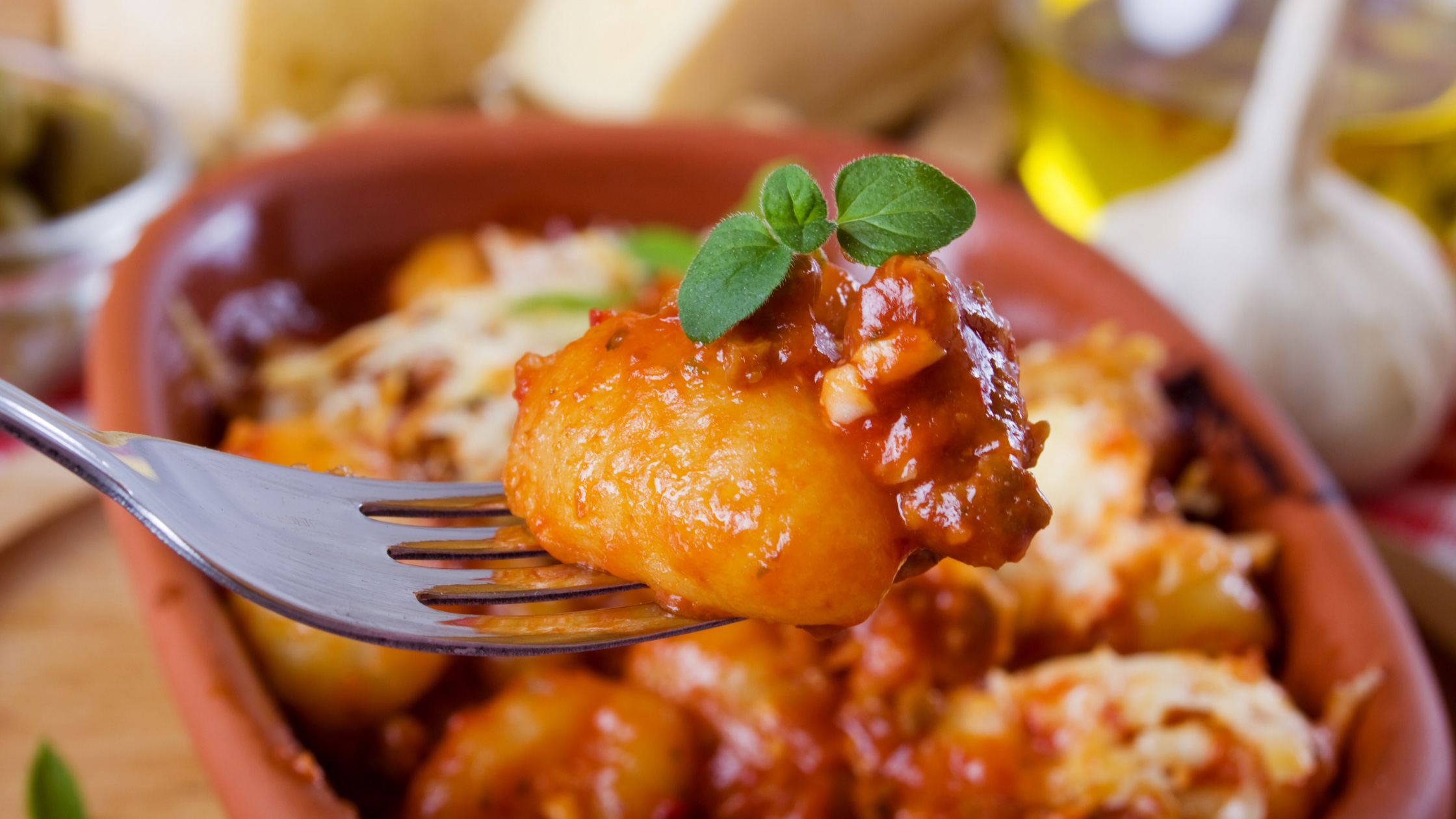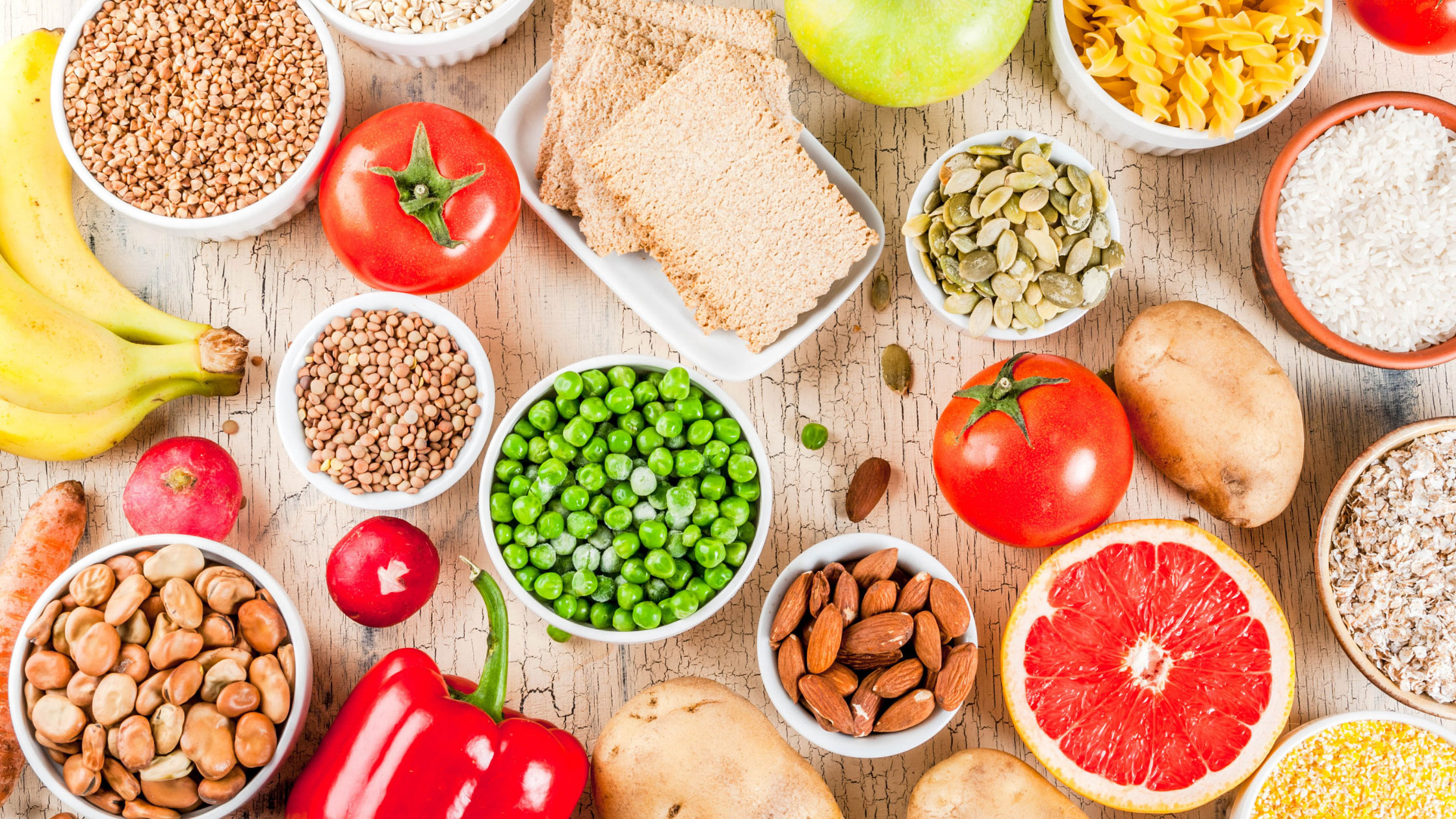It's A Hard Gnocchi Life: Making *Better* Decisions When You Go Out To Eat

When my family set out on our road trip at the end of October 2020, I knew we would be giving up certain creature comforts (three people and a dog in 96 sq feet??!). But the one that has hit the hardest over the last three months has been the lack of a dishwasher. Three people + a dog + three meals a day… my husband and I have seriously considered intermittent fasting just to get a break on doing the dishes.
Prior to this trip, I haven’t had fast food in almost ten years. Mostly because I just don’t really like it, but also living in New York City meant that there were loads of healthy, fast restaurants around (I ❤ Sweet Green). But we’ve had quite a few days where we had no time and no other options, and well, sometimes you have to do what you have to do.
At first, it was such a novelty to go to a Shake Shack and get a burger and a milkshake. We were doing so much walking anyway that I felt ok about our occasional trips. But after a few months on the road, I realized that after all of these trips, I was feeling bloated and sluggish. So… what to do?

1. Look for the fruits and vegetables on the menu.
Even the most fast-foodie of the fast-food places these days usually have options for apple slices or baby carrots. Some offer side salads instead of fries. Often if I’m at a restaurant or getting takeaway, I will ask if they can do a steamed vegetable side. Sometimes this can come with an upcharge of $1–2, but I figure it’s worth it not to feel totally awful an hour or two later. One of the things my mom always used to say was “if you can’t spend your money on your health, what’s the point?” I figure that $1–2 is an investment into my greatest asset: my health.
2. Skip the soda.
Do you know how much sugar is in coca-cola? There are 39 grams of sugar in a 12 oz can of Coca-Cola. The American Health Association recommends no more than 24 grams of added sugar a day for women, and no more than 36 grams for men. So that one 12 oz can of Coke is already throwing you off track — and how often are glasses in restaurants only 12 oz? Often this leads people to head towards the diet soda, but buyers beware: non-caloric sweeteners are just as bad if not worse for your overall health. First of all, while they are not supposed to make your blood sugar spike, recent studies have found that this isn’t always the case. Additionally, because they are so sweet, they have the power to make you crave sweets more… leading to other unhealthy food choices. So if you can skip the soda entirely, or stick to soda water with added lemon or lime, you’ll be doing your body a huge favor.
3. Avoid the “carbage.”
There are healthy carbs, and then there is… carbage. Think: brown rice vs. white rice, or the sugar in an apple vs. the sugar in a soda. Have you ever heard of slow carbs vs. fast carbs? Fast carbs give you quick energy — think of a cupcake or a donut. Slow carbs give you a more even source of sugar, making them less likely to cause a sugar spike and a subsequent crash. Slow carbs include most vegetables, whole grains, seeds, nuts, beans, and legumes. They also tend to be higher in dietary fiber, which is good for keeping that gut on track! So when you’re deciding on your meal, take a look at the carbage count and keep it minimal, while making sure you’re getting enough of the good carbs.

Just a quick note here — if you’ve been following me for a while, you’ll know that I’m a huge fan of the low carb diet. But low carb doesn’t mean no carbs — but when I say “getting enough of the good carbs,” this may mean something different for every single person. Working with a health coach or dietician for a personalized plan may help you figure out what style of eating works best for your overall health goals.
4. Pick one.
If you’re only eating out occasionally, having a treat every now and again isn’t going to totally derail your progress. But what constitutes your treats? Is it a salad where you add a little extra cheese, or a whole meal with a burger and bun, fries, and a soda? To stay on track on your nutrition goals (and to keep yourself from getting that awful feeling after you’ve gorged on ALL. THE. FOOD.), pick one. Do you need the bun, fries, and soda? Maybe you hold the bun, get baby carrots instead of the fries, and sip on that sweet, sweet Coca Cola. Or maybe you get water and fries. Either way, get your treat, but don’t go overboard. Moderation is key!
Have you tried any of these tips over the last month? How did they go for you? Did they make you feel better or worse? Are there any tips that you plan to incorporate as a goal for this year? I’d love to hear all about your experiences, so feel free to drop a comment below, or head over to my social media to tell me about your thoughts as we move closer and closer to 2021.
Caroline is an Integrative Nutrition Health coach and a licensed pediatric feeding specialist. Through her company, Nest Level Care (www.nestlevelcare.com, @nestlevelcare), she provides health and wellness coaching for new mothers, while also supporting families with feeding practices for children, whether they are breastfeeding, bottle feeding, or starting solids! When she isn’t providing individualized services for her Nest Level Care clients, you can find her on Instagram (@campernicus), traveling around the US in a travel trailer with her husband, son, and dog, or watching episodes of The Great British Baking Show.
